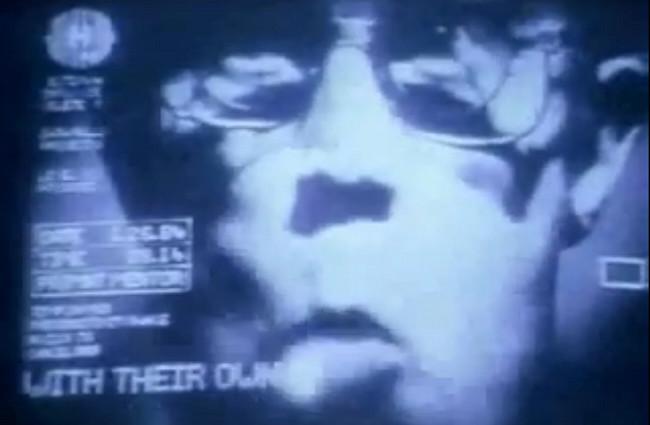
In 1984, a war was brewing in Silicon Valley. On one side was Apple, a plucky underdog founded in a garage just a few years prior. On the other, loomed IBM, a titan of industry poised to take over the computer industry and dictate the future of the PC.
Apple, out-numbered and out-funded, had no hope of beating Big Blue on its own terms, so it commissioned an ad to portray its competitor’s strength as a weakness. Big, impersonal, even intimidating, many geeks thought IBM was a soulless corporation that didn’t care about the freedom and creativity that PCs made possible.
The “1984” spot captured this argument perfectly, and it did so in one minute while speaking a mere 17 words. Directed by Ridley Scott, already famous for his own work on Alien and Blade Runner, the ad’s dark depiction of mindless viewers spoon-fed propaganda from a giant screen played on contemporary fears that technology might, in the wrong hands, lead to dystopia and dictatorship.
While the ad’s depressing tone, and the absence of the product it advertised, seems to set “1984” a world apart from the bright, cheery, product-focused ads Apple relies on today, there are some similarities. Like the company’s modern spots, “1984” focused on mindset instead of details like specs or pricing. The promise was simple. Buy a Mac, and you’ll be free.
Critics have heaped numerous awards on the ad over the years, including both a Clio Award (in 1984) and induction into the Clio Awards hall-of-fame (in 1995). The success of the spot propelled Lee Clow and Steve Hayden to advertising sainthood; the former went on to create icons like the Energizer Bunny while the latter, in a strange twist of fate, eventually became the head of the IBM account managed at the Ogilvy ad agency.
But one entity didn’t seem to benefit from the ad; Apple. Despite spending an unprecedented $900,000 to produce “1984,” the company only aired the ad twice, relying on coverage from news programs to spread its message. While initial sales of the Macintosh proved strong, they tapered off quickly, and trouble began to brew inside the company as it became clear that IBM remained strong.
The following years would see Microsoft and Intel unseat Big Blue from its throne while a weakening Apple remained in its own niche. Steve Jobs, who supported the ad in the face of opposition from Apple’s board, was forced to resign a year later after losing an internal power struggle with then-CEO John Sculley, and Cupertino’s decline, which would last through the 90s, began.
Today, in a world where Apple rakes in tens of billions of dollars every year, the “1984” spot seems more than a little ironic. No longer an underdog, the company has become as restrictive as the competitors it once rallied against. Yet today’s ads have something in common with this famous spot from three decades ago; a focus on what technology can do. Freedom and creativity remain the soul of Apple, even if those ideals are applied selectively.
Editors' Recommendations
- 40 years ago today, Apple launched something as audacious as the Vision Pro
- 15 years ago, Apple killed one of its most beautiful designs
- Apple’s ‘foundational’ Vision Pro tool was secretly built 6 years ago
- 40 years ago, Apple’s original Macintosh started a revolution
- The iMac Pro launched five years ago today. What comes next?


